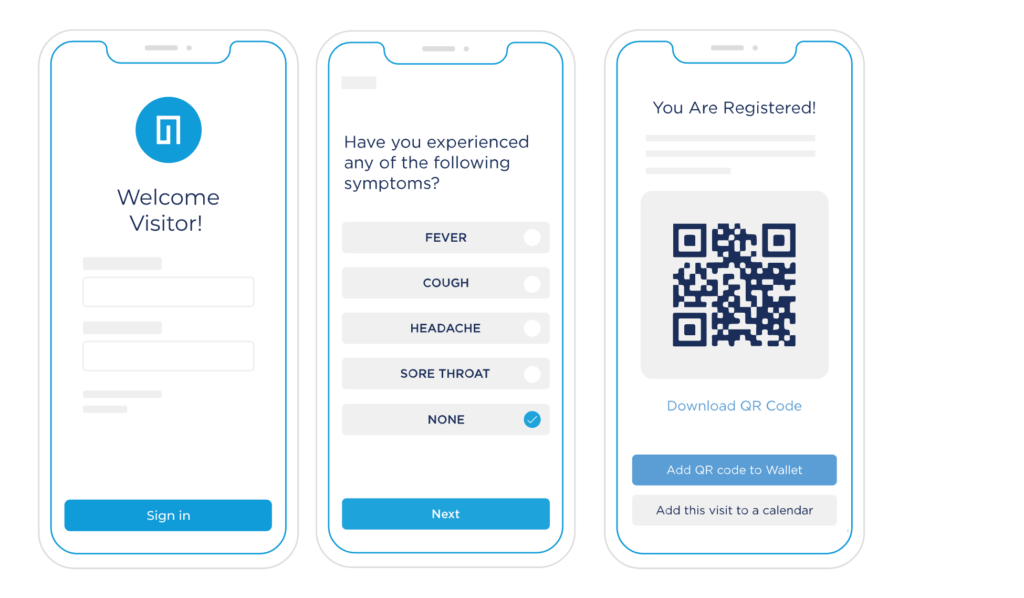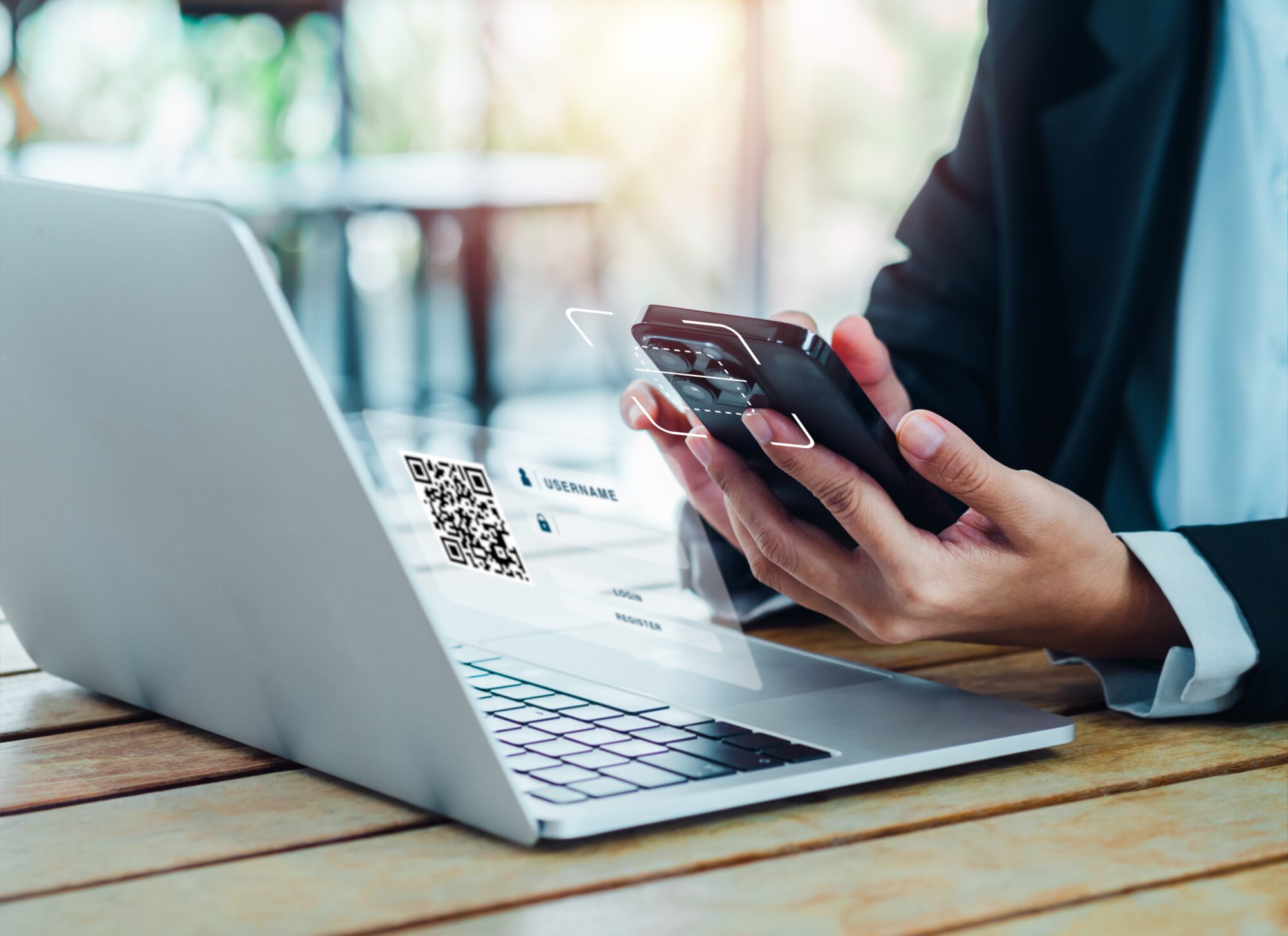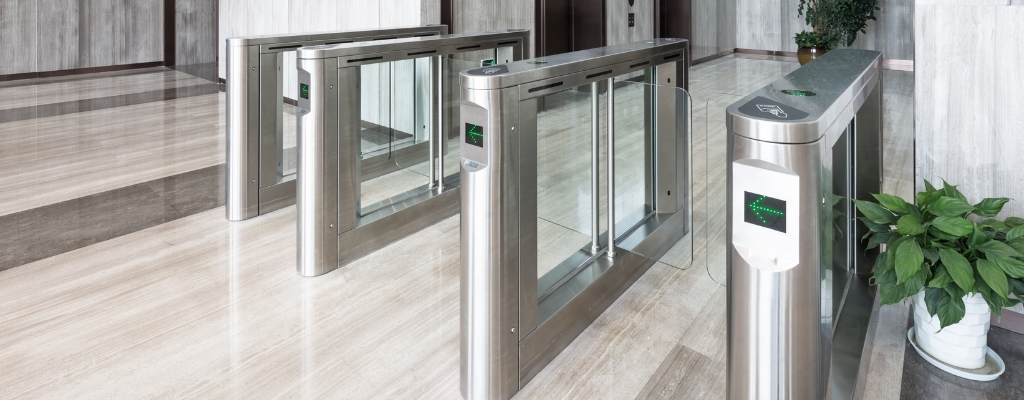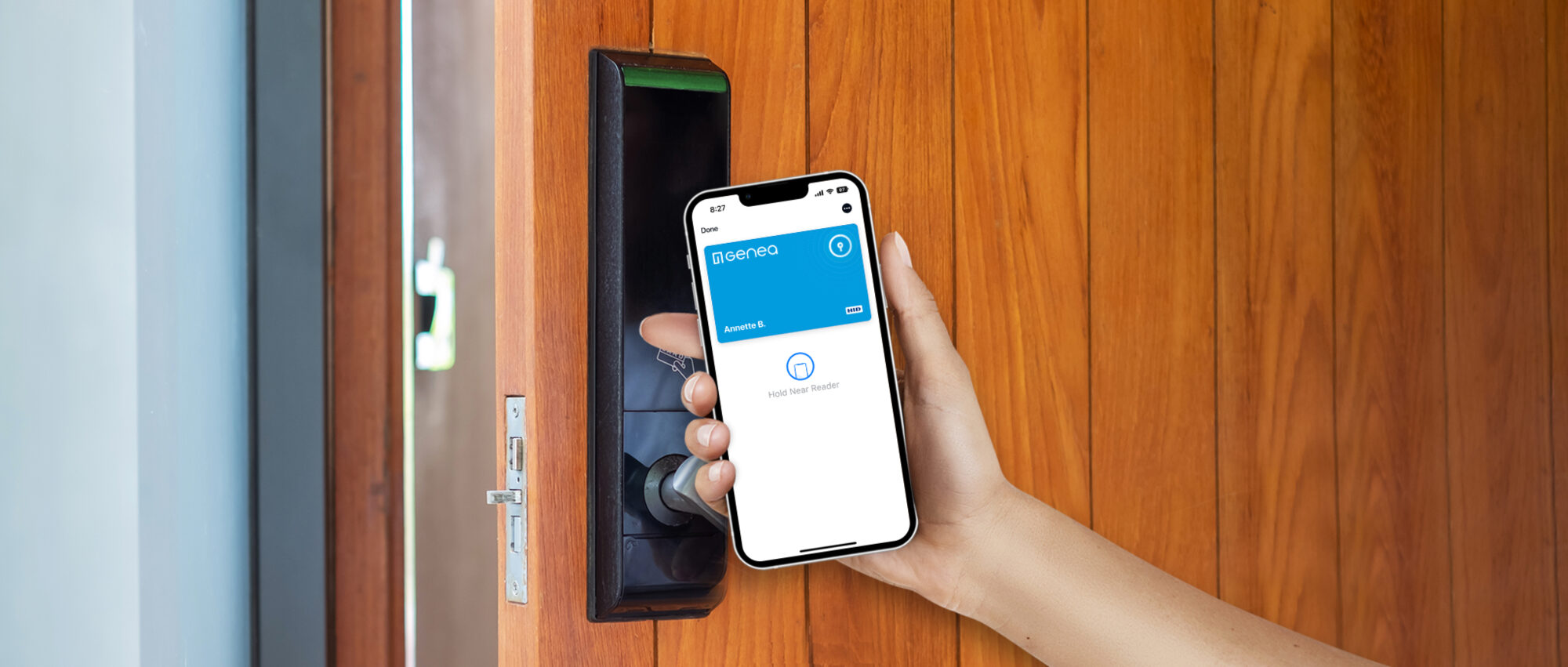From 2021 to 2022, the use of QR codes increased at a rate of 433%. The adoption of this technology impacted sectors from the restaurant industry (i.e., QR codes used to replace physical menus) to retail (i.e., cashless payments). But consumer-based industries are not the only ones finding QR codes useful. Enterprises, commercial real estate firms, small businesses and more are improving their physical security with QR code access control and visitor management systems.
QR code access control helps enhance security for property managers and IT professionals by efficiently reducing unauthorized entry. Certain access control and visitor management systems allow the ability to create unique QR codes that can be added as a digital badge to a mobile phone. Further, QR code scanning contains unique encoded barcodes that help identify specific users or access levels.
Why are QR Codes Being Used for Access Control?
Cloud-based access control and mobile access control systems are becoming more widely used as versatile, cost-effective and scalable sources of security. These systems occasionally feature QR codes, which teams can easily distribute to visitors, interns, delivery people and others.
- Cost-efficiency: When distributing temporary credentials, QR codes are more cost-effective compared to other forms of traditional access control methods such as physical keys or access cards. They can be easily printed onto ID cards or used within smartphone applications. Additionally, businesses benefit from QR codes as they streamline the visitor management process.
- Scalability: Property managers can more easily distribute QR codes to a large number of employees or visitors than key cards. Systems are able to accommodate higher quantities of users without logistical challenges. For example, let’s say you’re organizing a large meeting, QR codes make access control more scalable to large groups of people.
- Improved security: QR codes are encrypted and contain user information that makes them highly secure. These codes are not easily replicated and cannot be tampered with – providing a higher level of security and accountability.
- Convenience: QR codes provide convenient ways to access secured areas. Users simply present their QR code to a door proximity reader for authentication. As a result, QR code access control enhances the overall user experience and reduces the risk of lost credentials. Take out your phone and open up an application to present to QR code readers.
QR codes provide flexible solutions for time-based access control and visitor management across a wide range of organizations.
How do QR Codes Work with Visitor Management?
Additionally, these solutions can be scaled to accommodate the growing needs of various types of organizations. As companies become larger, visitor management systems can be integrated with cloud infrastructures without hardware or software updates.
Let’s take a look at how property managers use visitor management and QR codes to help streamline the check-in process.
- Pre-registration: Before a visitor arrives, they must pre-register for security purposes and are provided with a unique QR code.
- QR code generation: The QR code contains specific details such as visitor name, contact information, and purpose of event. The code is then sent to visitors via email, SMS, or through dedicated mobile apps.
- Check-in: Next, visitors arrive at designated check-in points and present QR codes to staff or self-service kiosks.
- Scan: Finally, the guest uses the QR code on their smartphone to enter designated areas. All they have to do is show or tap their phone against a card reader.
Further, QR codes can be effectively used with cloud-based solutions as a method of enhancing functionality and streamlining processes – providing a foundation for digital transformation and agility.

What are the Benefits of QR Code Access Control?
QR codes can help to enhance authentication, access control and visitor management in a number of ways including:
- Authentication: QR codes provide authentication for individuals entering facilities. After scanning QR codes within credential management systems – security personnel can quickly verify user credentials and identity. This helps to prevent unauthorized access and maintain the integrity of facility security.
- Visitor management: QR codes streamline visitor management processes and improve facility security. Visitors simply check in using QR codes and login information that can be validated against pre-registered data to ensure only authorized users enter facilities.
Above all, QR codes significantly improve the user-friendliness of visitor management processes. They accomplish this by simplifying check-in and check-out procedures, streamlining registration and enhancing overall security.
Cloud-Based Access Control and Visitor Management from Genea
Finally, using cloud-based access control and visitor management tools can help protect businesses from unauthorized access, improve monitoring and enhance emergency response times.
Organizations can create a more secure environment for their employees, visitors, and other guests, helping to ensure business continuity and build trust. By making cloud-based access control a top priority, organizations can be better equipped to protect their valuable assets and employees.
For more information about QR code access control and visitor management, contact a Genea representative.






